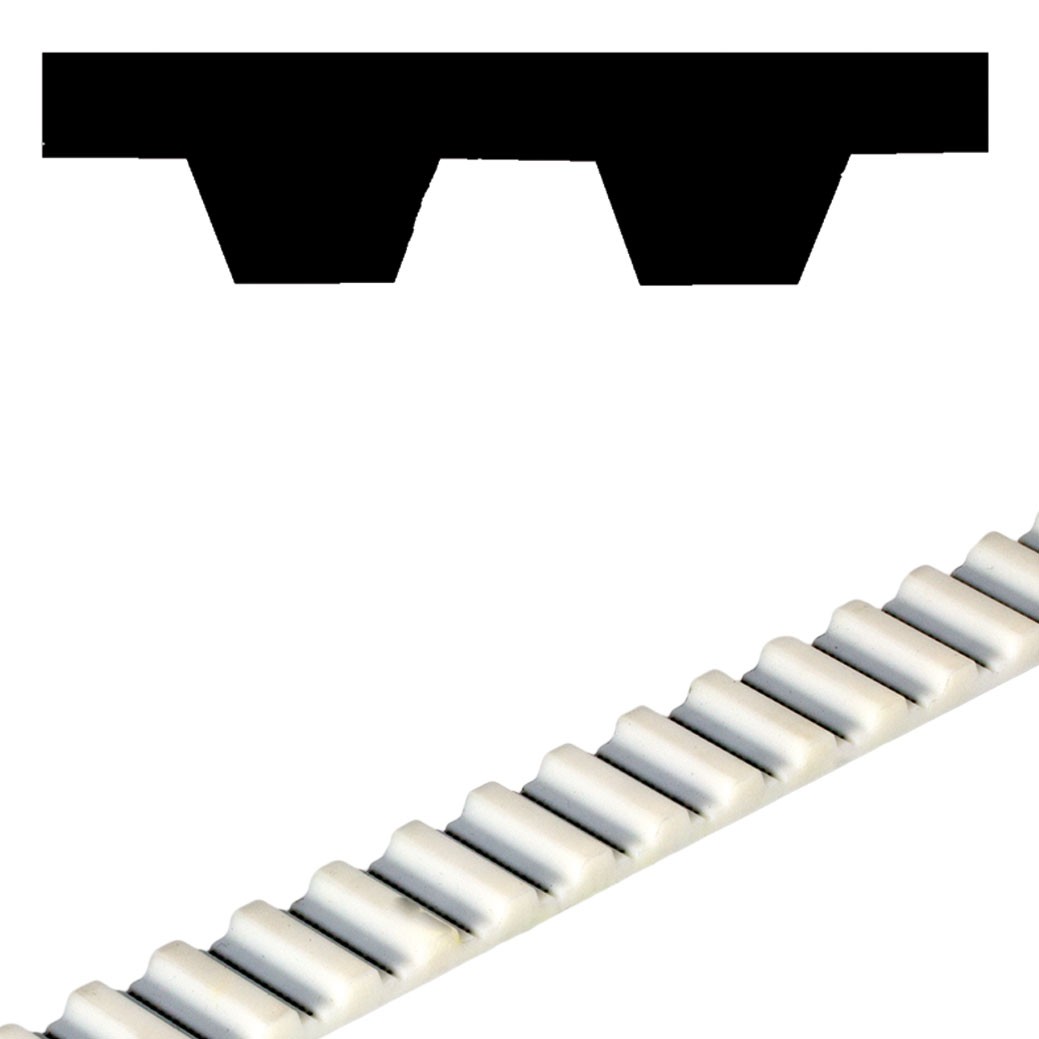I worked on the brackets that will secure the front differential to the main truss. They would be made out of flat plate (probably fabricated on the Tormach CNC Mill at Lowell Makes) and welded together. They would be bolted to the frame in 3 places.
The space between the brackets where the sprocket is located is the width of the differential that I measured from the housing, minus the difference in the thickness between the original ring gear and the sprocket that will replace it.
Cleaning the differential is going to be a messy job that will require a pressure washer using hot water. I'm going to wait until it gets warmer to do that job in our driveway. After it's clean, the pins that hold the ring gear to the differential will be drilled or pressed out.
Hopefully, the holes can be reused to attach the front drive sprocket to the differential. The differential axle will be attached to the CV axle with universal joints. Universal joints should work, since the angle between the two axles will always be small.
In the meantime, I am working on the last front-end issue: where the CV joint meets the wheel.
This first idea would cost way too much to fabricate and would probably be too heavy, even in aluminum.
I'm thinking about using some kind of C channel or bracket. The CV joint would sit on a bearing mounted to the back of the bracket. The legs of the 'C' would be bolted to the frame with thrust bearings (or maybe headset assemblies from mountain bikes) supporting the hub.
This is the area with only the required pieces showing:
The eye bolt attaches to the tie rods used for steering and has to be at a specific angle to the CV axle. The CV axle is supported by the bearing. To use headsets from bikes, the frame ends would have to be tubes. But if we use thrust bearings, it could be a plate (probably gusseted).

.png)
.png)
.png)
.png)
.png)











.png)
.png)
.png)
.png)











.png)
.png)
.png)
.png)
.png)
.png)
.png)




